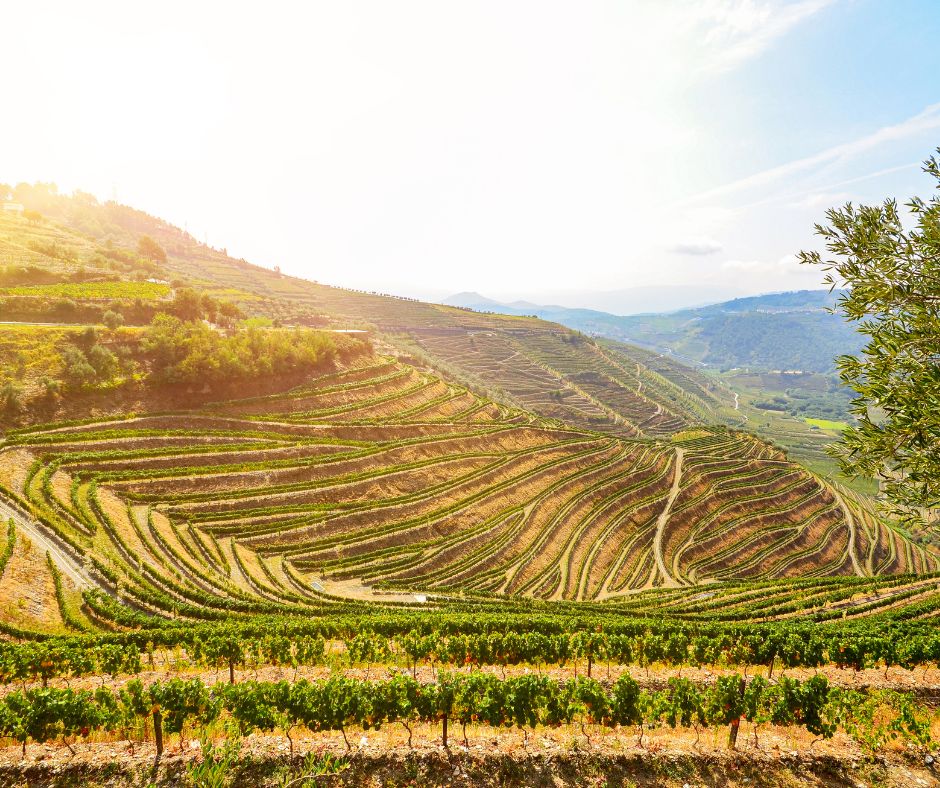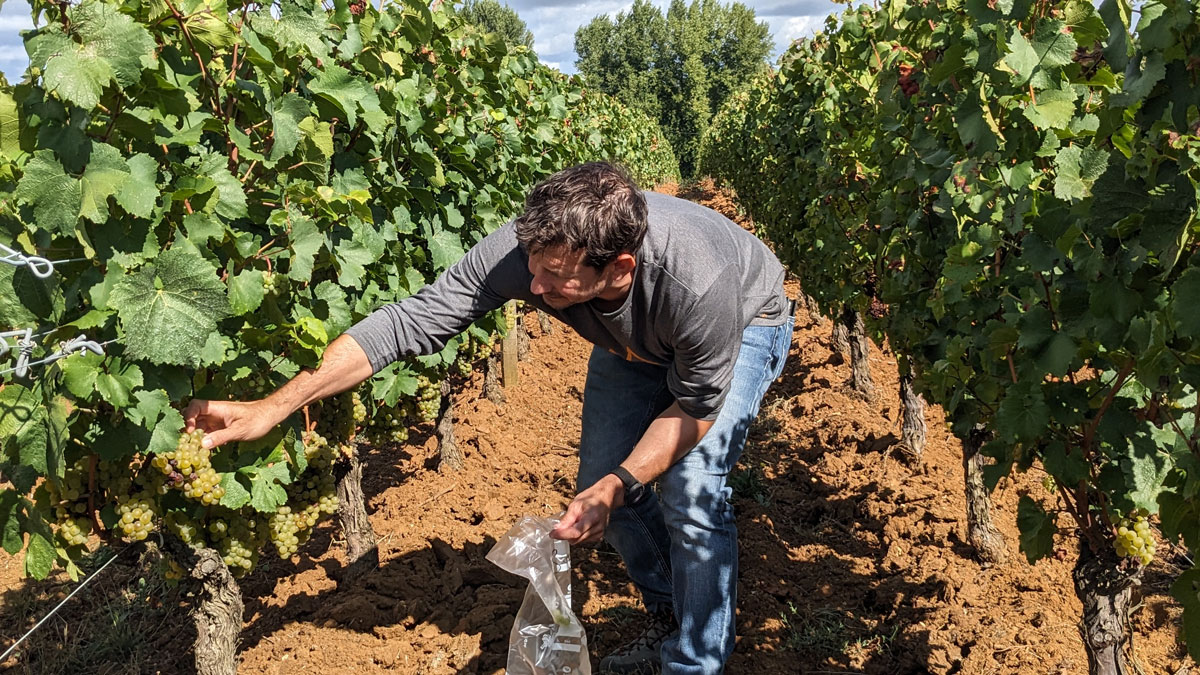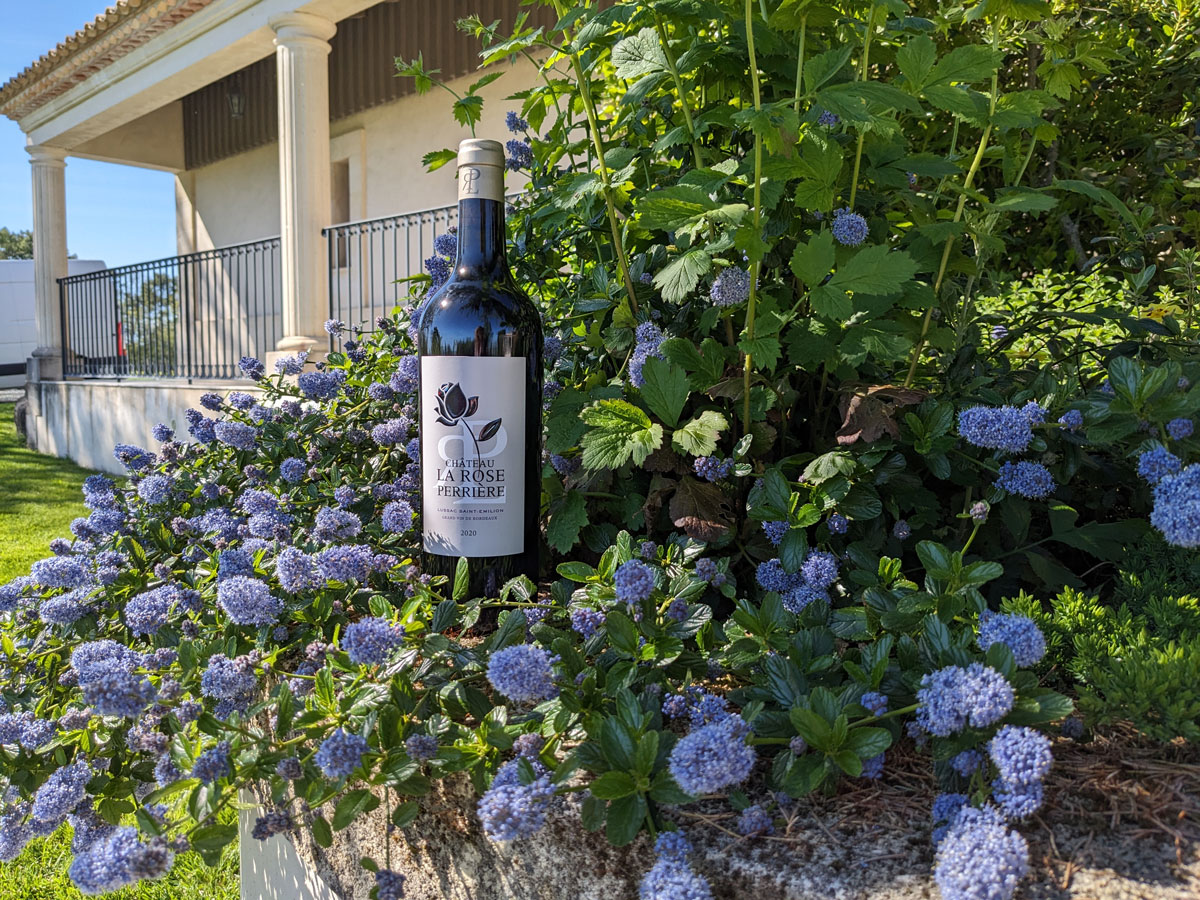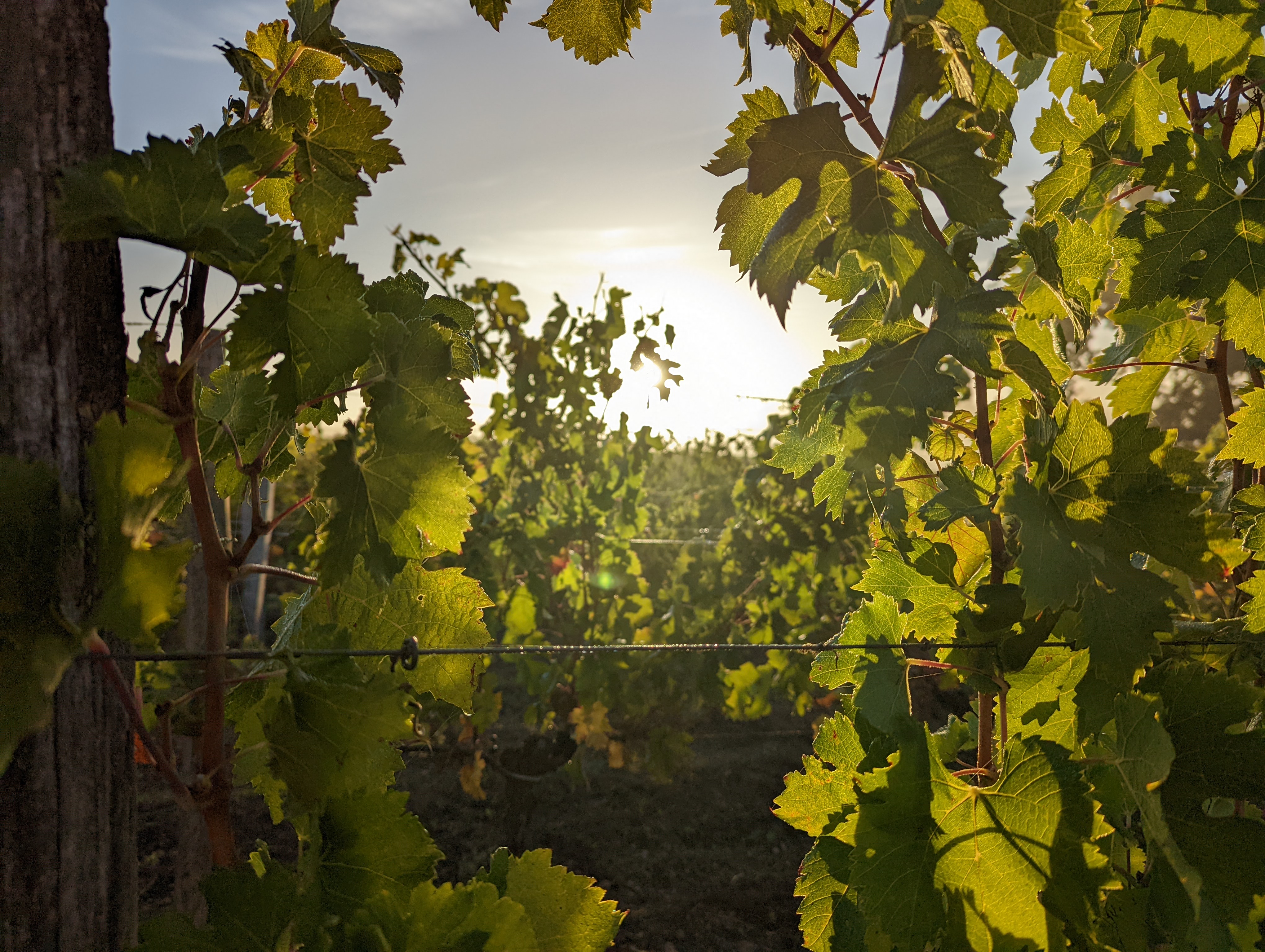The wine terroir :
a capital that shapes the aromatique profil of wines
The concept of terroir is no doubt familiar to the wine lover reading this. In viticulture and wine production, it is even essential, as it has a direct and significant impact on the wine you taste. The term is often used by winemakers and wine lovers alike, but it conjures up a whole range of concepts that we suggest you explore to understand just how complex and important it is.
What defines a terroir ?
Terroir is a key concept in wine production, as it describes the natural environment in which the grapes are grown. This concept is multi-faceted in terms of the different elements it encompasses. These elements all relate to the geographical particularities of a wine-growing region, but also to its specific viticultural practices.
The soil
Naturally, the soil is the first thing we think of when terroir is mentioned. Each type of soil on which the vines grow and from which they draw water and nutrients has its own particular characteristics: texture, chemical characteristics (trace elements) and structure differ from one wine-growing region to another. There are clay soils, limestone, gravel, granite, schist, pebble, chalk, marl soils... each texture will be beneficial to the grape variety, but will also be a source of challenges for the winegrower, who will have to make strategic choices. Soil structure can range from lumpy to compact, and plays a crucial role in the development of the vine's roots and interaction with microbial life. Combined with soil texture, it defines the porosity of the soil, which encourages the circulation of rainwater and regulates its humidity. It is essential that the geological composition of the soil allows for good drainage.
The soil is therefore fundamental to the proper development of the plant matter and the berries until they reach maturity, and plays an equally decisive role in the expression of the terroir through the final product, the wine.
We should also note the influence of the surrounding biodiversity on the typicality of a wine: the fauna, flora, fungi, indigenous yeasts, bacteria, pollinators and all the micro-organisms naturally present in the soil play a role in the development of a grape with a unique taste and, ultimately, in the originality of a wine.
Climate
Climate is a key factor in defining terroir. We are referring here to the weather conditions in a wine-growing region: sunshine, temperature, rainfall, wind, more or less recurrent climatic hazards. These have a direct influence on yield, berry ripening time and the quality of the grapes harvested.
So, from a cool climate to a hot one, the impact on the selection and development of grape varieties and on the winegrower's production choices can be significant.
Altitude
High altitude means lower atmospheric pressure and therefore lower levels of humidity and oxygenation. The higher the altitude of the vineyards, the lower the temperature. The temperature can drop by 1°C for every hundred metres of difference in altitude. This is why the freshness of a mountain terroir often results in fresher, more acidic wines. What's more, vines at altitude are generally subject to a wide temperature range between day and night, allowing the grapes to retain their natural acidity. Low night-time temperatures slow down the ripening of the grapes. What's more, not all grape varieties are suited to viticulture at altitude. The altitude of a terroir is therefore an important criterion for the winegrower in his viticulture and will also guide his choices.
Dis you know ? Argentina's wine-growing terroirs boast some of the highest altitudes in the world: some vineyards have plots at altitudes of between 1,700 and 3,300 metres.
Topography and exposure

©Canva
Exposure and topography are also major elements in a terroir, as they too directly affect the growing conditions of the vines and, consequently, the type and quality of wine produced. South-facing vineyards, for example, benefit from optimum exposure to the sun, which is essential for photosynthesis and helps the grapes to ripen more quickly. However, excessive exposure to the sun will over-ripen the grapes, sometimes even burning them.
Both the amount of sunshine and the drainage available to the vines depend to a large extent on the terrain and exposure. For example, many winegrowers prefer to set up their vineyards on gentle to moderate slopes, thus avoiding the accumulation of water that would result from a flat terrain and an environment that is too damp for the vines, which would be detrimental to production.
Plant material
Plant material (grape variety, rootstock) is closely linked to the terroir, as it must be adapted to the soil and climate that suit it best. Some varieties need cooler soils to give full satisfaction in terms of yield and quality. Merlot, for example, is an early-maturing grape variety that ripens quickly, and is losing ground in the Bordeaux vineyards to Cabernet Sauvignon because of its sensitivity to global warming. Chardonnay, on the other hand, is particularly fond of chalky soils in a cool climate, which enables it to retain its acidity. Another example: Syrah only reveals its full potential on granite and schist soils, because these types of soil store heat and evacuate excess water. This is why this grape variety is found mainly in the northern Rhône valley, the Languedoc and certain terroirs in the Roussillon.
As you can see, grape varieties do not thrive in the same way on all types of soil or in different climates. The type of terroir will therefore have a strong influence on the choice of grape varieties and rootstocks made by winegrowers to bring out the full potential of the terroir.
The winemaker's hand

Winegrowers work in close collaboration with their terroir to produce wines that best reflect their geographical origin, their terroir. This collaboration has been so close for centuries that the winegrower's hand also plays a part in defining the terroir.
Winegrowers adapt to the soil and climate provided by their terroir, and their viticultural practices are also strongly influenced by the experience of previous generations. Depending on the appellation, winegrowers perpetuate the traditions and know-how of the terroir: choice of grape varieties, type of pruning adapted to the climate, etc.
Man is thus intrinsically linked to the terroir through the winemaking traditions inherited from previous generations on that same terroir. The know-how and dedication of the winegrower and winemaker are even decisive in highlighting the typicity of the terroir to make a good wine.
The natural and human factors of a terroir are therefore inseparable.
The influence of terroir on wine
Terroir has a significant impact on the character and quality of the wine produced. Soil, climate, sun exposure, altitude, topography, geology and other environmental factors all have an impact on the aromatic, taste and structural characteristics of the wine. For example, a soil rich in minerals absorbed by the grapes can produce more complex wines, while a cool climate can favour freshness and acidity in the grapes. The climate of the region can influence how early the grapes ripen, making them more or less sweet, acidic or tannic. In addition, the geographical particularities of a wine-growing region can create unique conditions that are reflected in the wine produced.
Ultimately, terroir confers a unique identity on a wine, giving it distinct characteristics specific to the plots where the grapes were grown and reflecting its geographical origin. This is why certain wines are often described as being ‘typical’ of a specific region because of their close link with their terroir. Understanding and adapting to the terroir allows winemakers to capture the very essence of the region in which they were produced. The typicity of the wines, their aromatic and taste profile, their colour and tannins, as well as their balance and maturity all depend on it.
At Château La Rose Perrière, the clay-limestone soil and exposure of our vineyard plots in the Lussac Saint-Emilion appellation are particularly suited to growing Merlot, which accounts for 70% of our vineyard. These well-balanced soils, combining the freshness of the clay with the filtering properties of the limestone, produce long-keeping wines that are fine and round, with the fruit intact, just like our Château La Rose Perrière.

Did you know ? Appellation and terroir are similar but not equivalent concepts. The term ‘appellation’ dates back to 1935, when the French wine industry decided to start distinguishing between wine production areas and methods of cultivation and vinification by creating the Institut National des Appellations d'Origine (INAO). From then on, production specifications were drawn up for winegrowers. The terroir is the natural factor that determines the appellation. Along with the notion of typicity, it is intimately linked to the notion of appellation.
In brief
Terroir is now an essential concept in viticulture, and its diversity can be appreciated throughout the world by discovering the typical character of wines from different wine-growing regions and appellations. Among the most emblematic are Rioja in Spain, Tuscany in Italy, the vineyards of Bordeaux and Burgundy in France, and Napa Valley in the United States.
An in-depth understanding of the impact of terroir type on viticulture is essential for winegrowers to choose the best sites for their vineyards and optimise their growing practices.
